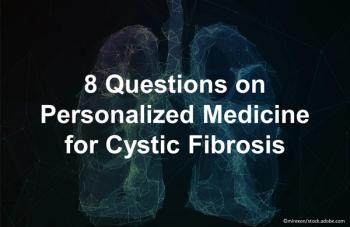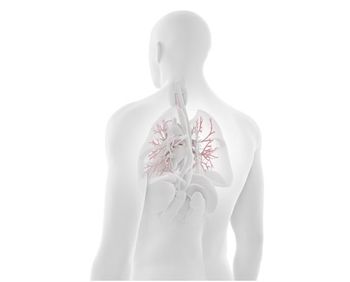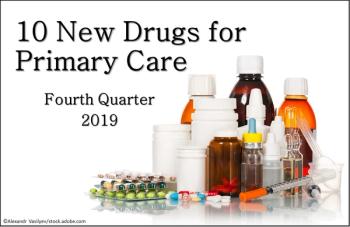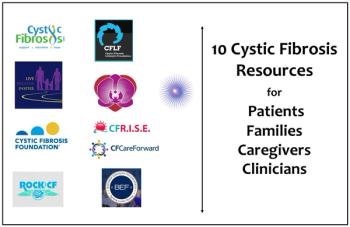
Risk Factors for Gaps in Cystic Fibrosis Care
Risk factors that may help identify CF patients vulnerable to gaps in care include younger age, insurance status, and geographic change.
In the US, more and more individuals with CF are surviving into adulthood. In fact >50% of all those with CF are now aged >18 yrs. This means that greater numbers of patients are making the transfer from pediatric to adult care settings-a process that significanlty increases the likelihood of gaps in appropriate CF care. CF-related complications often increase during early adulthood, and gaps in care may negatively impact disease management during this already vulnerable period. In the slides below, we review a new study that has identified risk factors that multidisciplinary care and transition teams may use to identify individuals at greatest risk for these gaps, where gaps are defined as time passed (days) between the last recorded pediatric encounter and the first recorded adult encounter.
Newsletter
Enhance your clinical practice with the Patient Care newsletter, offering the latest evidence-based guidelines, diagnostic insights, and treatment strategies for primary care physicians.
















































































































































































































































































